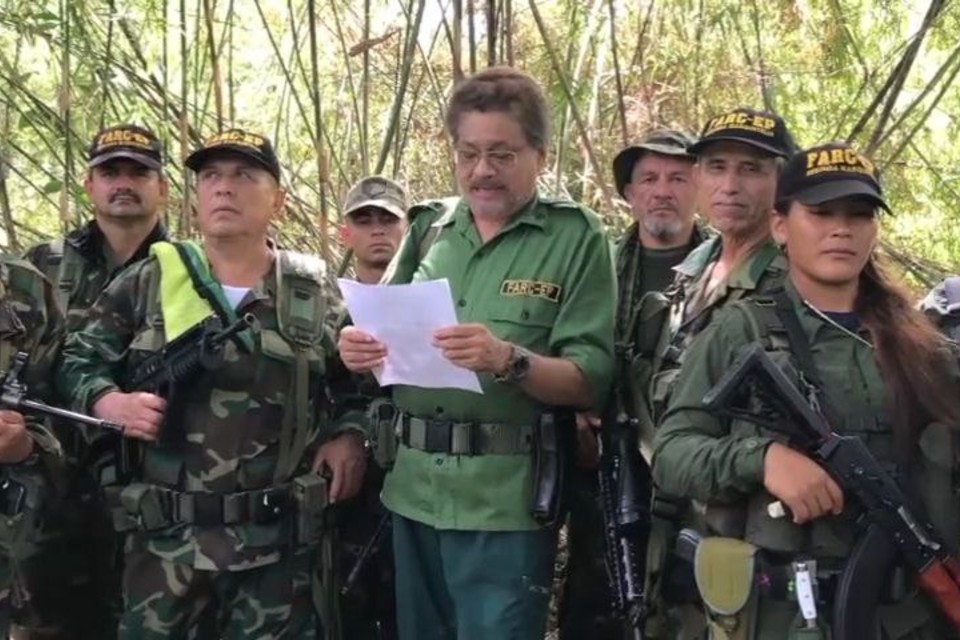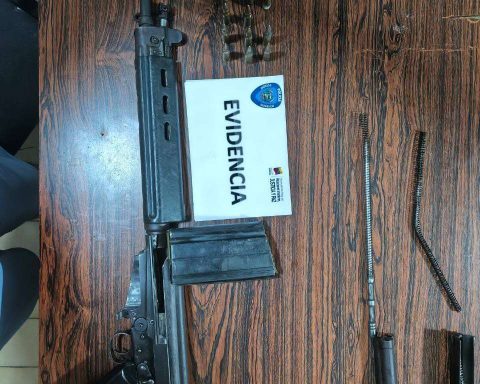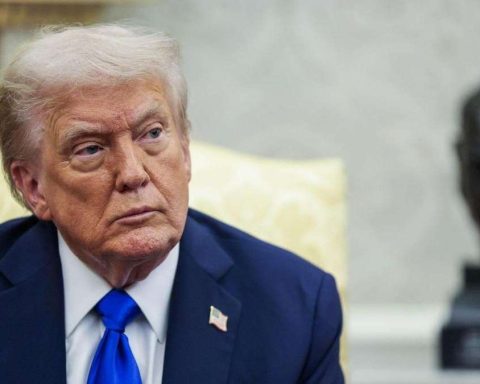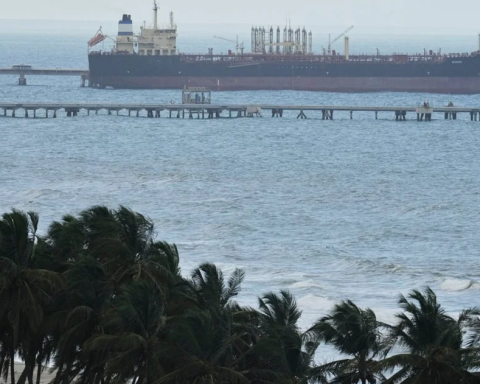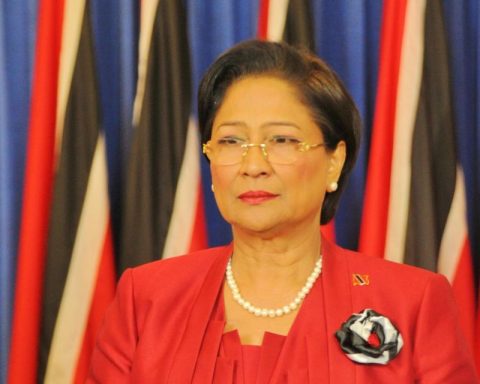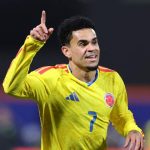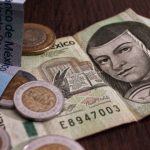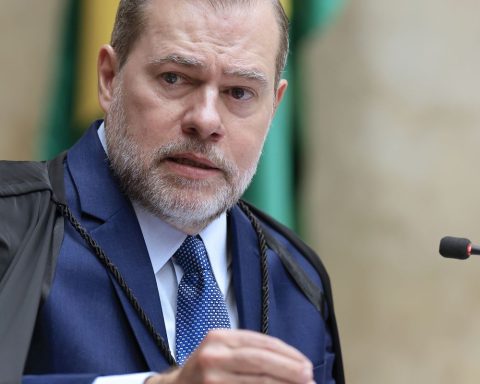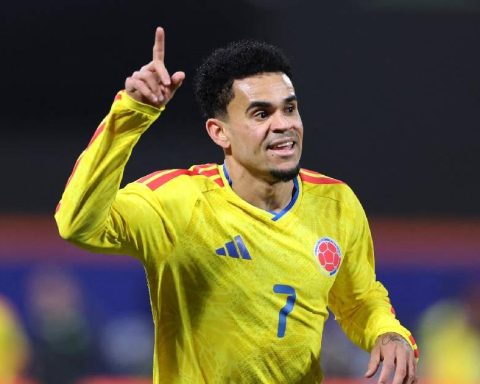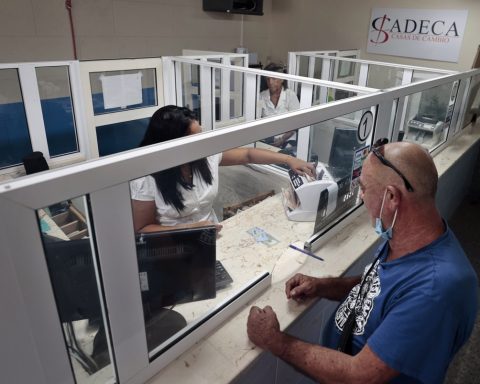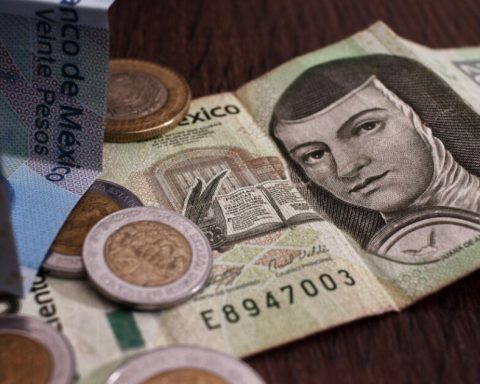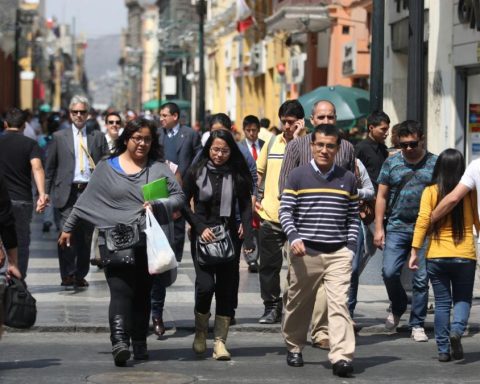The FARC dissidents admit in a video released this Sunday that Márquez suffered an attack on June 30, but they assure that he was unharmed.
The FARC dissidence that calls itself Segunda Marquetalia released, on the afternoon of this Sunday, July 10, a statement in video format in which they affirm that Iván Márquez is alive. They also admitted that he suffered an attack on June 30, from which he was able to escape with minor injuries. The information was disseminated through the Colombian media.
The statement says that Márquez was unharmed in an attack on June 30. They claim that he only suffered minor injuries and is in good health.
“On June 30, 2022, Commander Iván Márquez was the victim of a criminal attack directed from the Army barracks and the Police commandos. Fortunately, he was unharmed, he only suffered minor injuries and is in good health. From his combat trench, he will continue the struggle of ideas for a new Colombia”, the statement underlines.
Likewise, the dissidents of Segunda Marquetalia say they have no doubt that behind what happened with Márquez are “the CIA, DEA and the Duque government.”
According to the armed structure, the same modus operandi was used to kill El Paisa Óscar, Edilson Romaña, Gentil Duarte, and Jesús Santrich, from different military garrisons and Police commandos.
Similarly, the text denounces that the president of Colombia, Iván Duque, ended the Havana Peace Agreement and had to do with the assassination of the president of Haiti, Jovenel Moïse.
“Duque and his government not only destroyed the Havana agreements but also dedicated themselves to exporting mercenaries to kill leaders in different parts of the world. This was how a command of 23 mercenaries led from Colombia, all of them retired soldiers, supposedly, in the early morning of July 7, 2021, 23 mercenaries entered the residence of the president of Haiti, Jovenel Moise, and assassinated him, “added the Second Marquetalia by specifying that the material authors of said assassination are imprisoned and not the intellectuals.
The guerrilla group remarked that “thoroughbred uribismo pours hatred and revenge through all its pores” and hence “the high military leadership, landowners, business and conservative sectors of the church, are the ones who have led Colombia to a war without quarter , in all corners of the country”.
The communication concludes by saying that “the real drug traffickers and paramilitaries are the political elite embedded in power, since they are responsible for the theft of 8 million hectares of land from the peasants, theft from the public treasury, the health, education and food of the kids”.
#Last minute | “Iván Márquez is alive”: Second Marquetalia.https://t.co/msi1uGmxpu pic.twitter.com/7cjfZ3CsbF
— Change (@estoeschange) July 10, 2022
Who is Ivan Marquez?
Since alias Iván Márquez took up arms in August 2019, when he broke what was agreed in the peace agreement to return to the Colombian jungle and become the natural leader of the Segunda Marquetalia dissidence, his name has not stopped ringing. Since July 2, Colombia was in the uncertainty of knowing if he died in Venezuela.
Luciano Marín Arango, the real name of the criminal, was a native of one of the most violent departments in the country, Caquetá. In 1955 he was born in the capital of that territory, Florencia, where he trained as a bachelor and, at just 22 years of age, he began with the inclinations for the rebellious ideals that marked the beginning of one of the most wanted criminals by the Colombian authorities. .
In fact, in his second decade of life, he joined the Communist Youth (JUCO), where he acquired knowledge that, later, he used to get by in life: there are reports that indicate that there he studied the formation of the Soviet Union and alternating currents.
After several years at JUCO, Iván Márquez leaned towards teaching and managed to teach for several years at the Corazón Inmaculado de María school. This institution was the seat of studies for the municipality of El Doncello, in Caquetá.
*Also read: Week: Iván Márquez did die in an attack in Venezuela
This is how he came to the FARC
The aforementioned criminal is requested by the National Police for multiple crimes, among which illegal recruitment, homicide of a protected person and aggravated forced disappearance stand out; Most of them were committed while he was a member of one of the oldest guerrillas in the Latin hemisphere, the FARC, which came to an end in October 2016, after former Colombian President Juan Manuel Santos signed an agreement with that subversive group. .
It was in 1985 when the malefactor joined the Farc, in front number 14, he lowered the command of the also bloodthirsty murdered criminal Jacobo Arenas, who saw criminal potential in Marín Arango and enlisted him to become one of the most reckless and controversial of the country.
During his years at the head of the aforementioned guerrilla, Márquez sowed terror in several Colombian departments such as Nariño, Cauca, Huila, Putumayo, Caquetá, Amazonas. What’s more, the public force has endless probative material that shows that the subversive commander also committed several crimes in the border areas of the country with Ecuador, Peru and Brazil.
Twice he failed to peace
Iván Márquez not only paid tribute to his criminal record by returning to the jungle in 2019, as a congressman for the peace agreement, but also in the government of Belisario Betancourt he participated in dialogues that sought to end the war in the country. At that time he militated for years in the Patriotic Union (UP) party and reached his first seats: one in the Council of Caquetá and another in the House of Representatives for the department that gave birth to him.
However, after the death of Jacobo Arenas, the extermination of his then co-supporters of the UP, and the persecution of the left in Colombia, led Márquez to take his rifle and shoot the line in the Southern Bloc of the Farc, becoming, even one of the most important leaders and spokesmen of the exterminated guerrilla.
Márquez was in the peace processes that four of the last governments advanced to stop the slaughter and crimes against humanity of the Farc: that of César Gaviria in Caracas and Tlaxcala; that of Andrés Pastrana in Caguán; that of Álvaro Uribe and his ‘Humanitarian Agreement’ and that of Juan Manuel Santos in the negotiations in Havana, of which he accepted the conditions but finally ended up going back together with Jesús Santrich, El Paisa and Romaña to sow terror from the jungles.
*Also read: Maduro’s government says it has no information on the whereabouts of Iván Márquez
With information from Infobae
Post Views:
1,014
